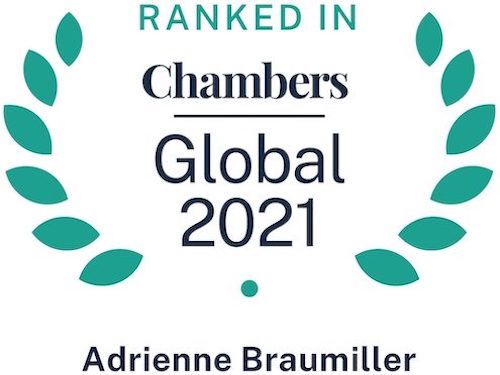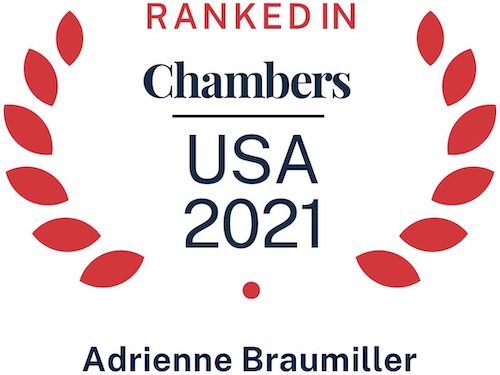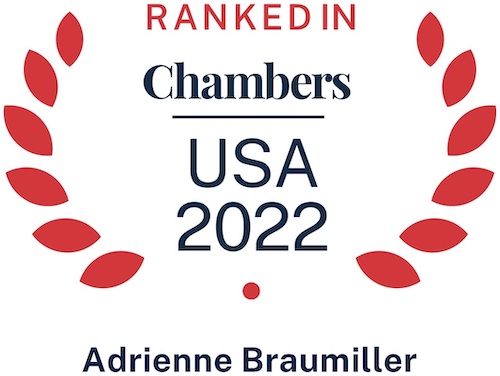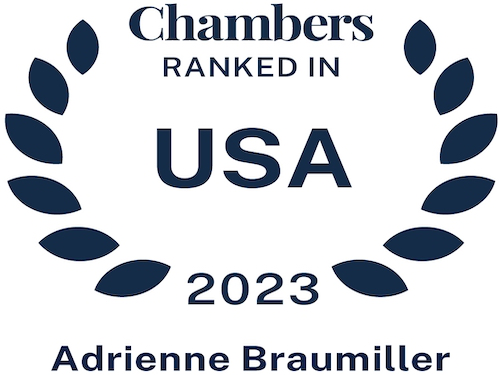Tariffs and the Future of U.S. Beef
By: Brandon French, Senior Associate Attorney and Olivia Van Pelt, Law Clerk, BLG
On April 2, 2025, President Trump announced reciprocal tariffs, setting a baseline rate of 10% on imports from all countries, with higher rates on dozens of countries which the United States (U.S.) runs trade deficits.[1] Specifically, Trump imposed a 34% tariff on all Chinese imports in response to China’s 67% tariff and non-tariff barriers on U.S. exports, aiming to address what he sees as an unfair trade imbalance.
The initial announcement of reciprocal tariffs drew mixed reactions from the U.S. beef industry. The Cattlemen’s Beef Association (NCBA) said in a statement, “for too long, America’s family farmers and ranchers have been mistreated by certain trading partners around the world. President Trump is taking action to address numerous trade barriers that prevent consumers overseas from enjoying high-quality, wholesome American beef.”[2]
While the NCBA expressed optimism about President Trump’s reciprocal tariff plan, the National Farmers’ Union (NFU) voiced concern, saying, “one thing is certain: American family farmers and ranchers will bear the brunt of this global trade war … we will lose even more family farms, weaken rural economies, and ultimately drive-up costs and limit choices for consumers at the grocery store.”[3]
Following the announcement of the initial 34% reciprocal tariff on all imports from China, the Chinese government retaliated with its own additional tariffs on American products. The two governments went back-and-forth escalating tariffs before agreeing to a 90-day truce beginning on May 14, 2025.[4] During the 90 days, American beef will face only a 10% retaliatory tariff in response to Trump’s reciprocal tariff.
The American beef industry is concerned about the trade tension with China, as China is the world’s largest importer of beef and a key market for American beef exports. In 2024, the United States exported almost $1.6 billion in beef to China.[5] To the industry’s benefit, the 90-day agreement between the U.S. and China gives businesses an opportunity to adjust their plan and make strategic choices to reduce the impact of new trade barriers to China.
Despite the extreme retaliatory tariffs ending, U.S. beef entering China still pays numerous tariffs including a Most Favored Nation tariff, a tariff in response to the Trump fentanyl tariff, and a tariff in response to the Trump reciprocal tariff.[6] However, on May 28, 2025, the U.S. Court of International Trade (CIT) struck down the President’s use of the International Emergency Economic Powers Act (IEEPA) to impose the fentanyl and reciprocal tariffs.[7] If these tariffs are ultimately held unconstitutional, the Chinese government might respond by removing their retaliatory measures.
As the Chinese market shrinks, the U.S. and United Kingdom (UK) reached an economic prosperity deal on May 8, 2025.[8] Accordingly, the UK agreed to remove its 20% tariff on U.S. beef and import up to 13,000 metric tons of beef from the U.S. However, American beef will remain subject to the UK’s strict no hormone policy, greatly reducing the markets’ growth opportunities.
Despite significant uncertainty, U.S. beef exports in March reached a value of nearly $922 million, the highest in nine months.[9] Additionally, demand reached record levels in Central America and showed upward trends in Taiwan and Mexico. These developments highlight the U.S. beef industry’s success in diversifying its markets and expanding its global presence.
As doubt remains over the Chinese markets’ accessibility, American beef exporters should actively seek new opportunities and take proactive steps to remain resilient amid potential future trade shifts. Moreover, expanding and diversifying markets have proven to be successful ways to minimize the impact of tariffs and other trade barriers. Specifically, businesses should consider aligning with countries that are both culturally and economically compatible with the U.S. This approach allows companies to lessen dependence on markets that are vulnerable to changes in international policy. Additionally, seeking professional advice may be crucial to making fully informed decisions and complying with complex trade regulations.
For additional inquiries, feel free to contact Brandon French at brandon@braumillerlaw.com or Olivia Van Pelt at olivia@braumillerlaw.com to discuss changes in your business strategy.
[1] https://www.whitehouse.gov/presidential-actions/2025/04/regulating-imports-with-a-reciprocal-tariff-to-rectify-trade-practices-that-contribute-to-large-and-persistent-annual-united-states-goods-trade-deficits/?utm_source=wh_social_share_button
[2] https://www.ncba.org/news-media/news/details/42777/ncba-statement-on-white-house-reciprocal-tariff-announcement
[3] https://nfu.org/2025/04/02/farmers-and-ranchers-will-bear-the-brunt-of-a-global-trade-war/
[4] https://www.whitehouse.gov/briefings-statements/2025/05/joint-statement-on-u-s-china-economic-and-trade-meeting-in-geneva/?utm_source=wh_social_share_button
[5] https://www.usmef.org/export-data/export-statistics/month-to-month
[6] https://usmef.org/export-data/import-duties-by-country
[7] https://www.cit.uscourts.gov/content/slip-opinions-2025
[8] https://www.whitehouse.gov/briefings-statements/2025/05/general-terms-for-the-united-states-of-america-and-the-united-kingdom-of-great-britain-and-northern-ireland-economic-prosperity-deal/?utm_source=wh_social_share_button
[9] https://www.usmef.org/export-data/export-statistics/month-to-month
https://www.braumillerlaw.com/author/brandonfrench/
https://www.braumillerlaw.com/author/olivia-van-pelt/



























